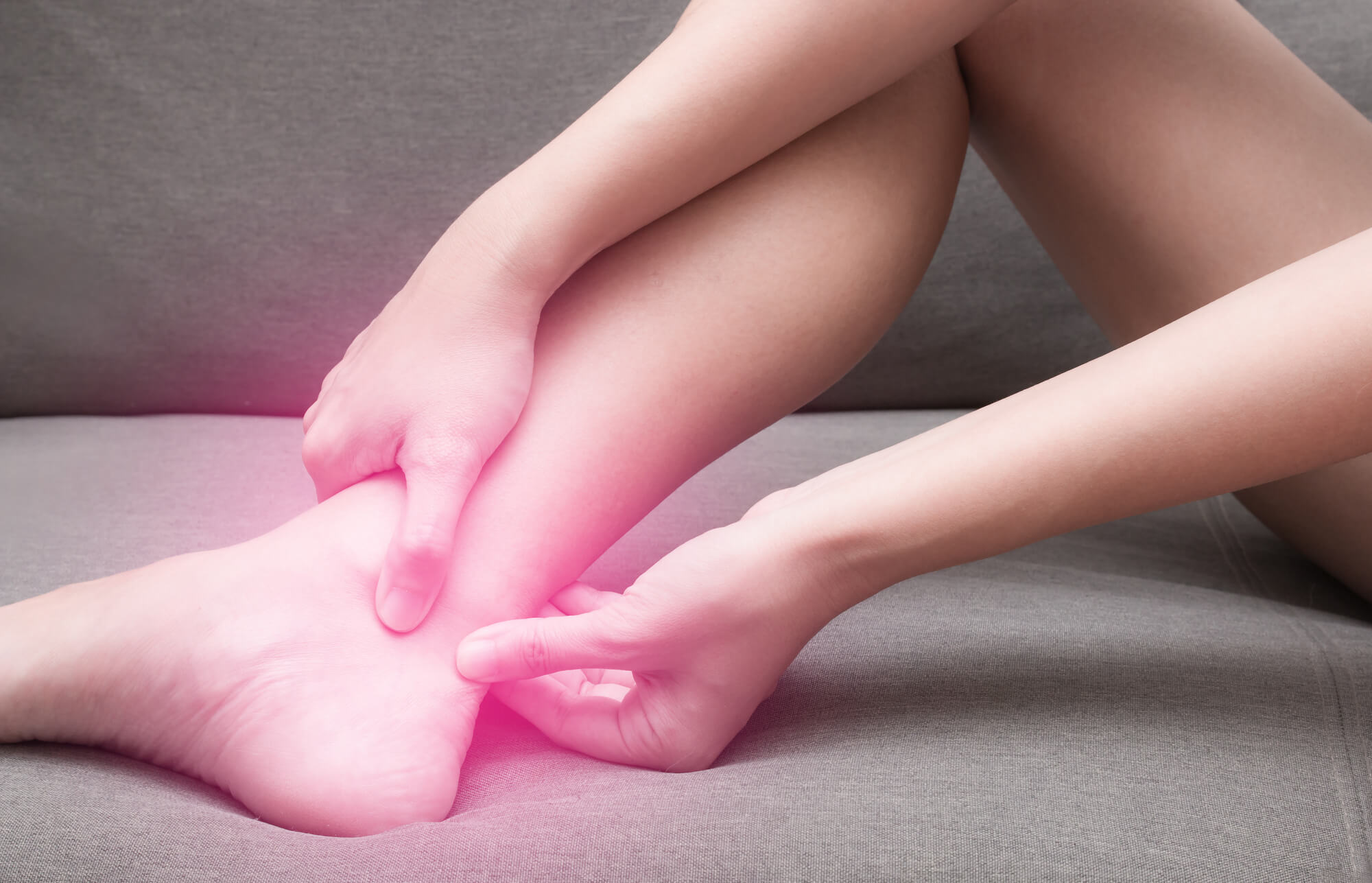Plantar Fasciitis vs. Tendonitis
Foot pain is a common complaint, and various factors can cause it. Two conditions that are frequently mentioned about foot pain are plantar fasciitis and tendonitis. While these two conditions share some similarities, they differ and require different treatment approaches. This article will explore the differences between plantar fasciitis and tendonitis, including causes, symptoms, and treatment options.
What is Plantar Fasciitis?
Plantar fasciitis is a common condition that affects the bottom of the foot. It is characterized by inflammation of the plantar fascia, a long, thin ligament that runs along the bottom of the foot from the heel to the toes. The plantar fascia helps to support the arch of the foot and is essential for normal walking and standing.
Plantar fasciitis is often caused by overuse or strain on the plantar fascia. This can occur from running, dancing, or standing for long periods. It can also be caused by poor footwear or a lack of arch support. People who are overweight, have high arches or flat feet or have tight calf muscles are more prone to developing plantar fasciitis.
Symptoms of plantar fasciitis include heel pain, especially when taking the first steps in the morning or after a period of inactivity. The pain may also be present when standing for long periods or after intense physical activity. The pain is usually located near the heel and may radiate into the arch of the foot.

What is Tendonitis?
Tendonitis is a condition that occurs when a tendon becomes inflamed. Tendons are strong, flexible cords of tissue that connect muscles to bones. They help to move the joints and allow the body to perform a wide range of movements.
Tendonitis can occur in any tendon in the body, but it is most common in the shoulders, elbows, wrists, hips, knees, and ankles. It is usually caused by overuse, strain, or injury to the tendon. Tendons can become inflamed due to repetitive movements, such as typing or playing a musical instrument, or sudden, intense activity, such as sprinting or lifting heavy weights.
Symptoms of tendonitis include pain, swelling, and tenderness in the affected area. The pain may be worse with movement and may be accompanied by a sensation of stiffness or weakness.

How to Differentiate Between Plantar Fasciitis and Tendonitis
Both plantar fasciitis and tendonitis can cause pain, swelling, and tenderness in the affected area. However, some key differences between the two conditions can help you differentiate between them.
One major difference is the location of the pain. Plantar fasciitis typically causes pain in the heel and the arch of the foot, while tendonitis can cause pain in any tendon in the body. For example, tendonitis in the ankle may cause pain on the outside or inside of the ankle, while tendonitis in the knee may cause pain on the front or back of the knee.
Another difference is the type of activity that triggers the pain. Plantar fasciitis is usually worse with the first steps in the morning or after a period of inactivity. At the same time, tendonitis is usually worse with movement and may be accompanied by a sensation of stiffness or weakness.
When to Seek Medical Attention
If you are experiencing foot pain and are unsure whether it is plantar fasciitis or tendonitis, it is important to seek medical attention. A podiatrist or other healthcare professional can examine your foot and diagnose the specific condition.

Treatment Options for Plantar Fasciitis and Tendonitis
The treatment approach for plantar fasciitis and tendonitis will depend on the severity of the condition and the underlying cause. In many cases, non-surgical treatment options can effectively manage pain and inflammation. These may include:
- Rest: Avoiding activities that strain the affected area can help reduce inflammation and heal the tissue.
- Ice: Applying ice to the affected area can help to reduce inflammation and numb the pain.
- Stretching: Stretching the muscles and tendons can help to improve flexibility and reduce strain on the affected area.
- Orthotics: Wearing supportive shoes or inserts (orthotics) can help to alleviate pressure on the plantar fascia or tendon and provide arch support.
- Physical therapy: A physical therapist can design a customized treatment plan to help stretch and strengthen the affected area and improve overall function.
Surgery may be necessary in more severe cases or if non-surgical treatment options are ineffective. A podiatrist or orthopedic surgeon can perform various procedures to address plantar fasciitis or tendonitis, such as releasing the plantar fascia or removing damaged tissue from the tendon.

Tips for Preventing Plantar Fasciitis and Tendonitis
There are several steps you can take to help prevent plantar fasciitis and tendonitis:
- Wear appropriate footwear: Choose shoes that provide good arch support and cushioning to reduce strain on the plantar fascia and tendons. Avoid high heels or shoes with no arch support.
- Stretch regularly: Stretching the muscles and tendons can help to improve flexibility and reduce the risk of overuse injuries.
- Warm up before exercising: Take a few minutes to stretch and warm up before participating in any physical activity to prepare your body for the demands of the activity.
- Take breaks: Avoid standing or participating in repetitive activities for long periods. Take breaks and stretch regularly to give your muscles and tendons a rest.
- Maintain a healthy weight: Excess weight puts additional strain on the feet and can increase the risk of plantar fasciitis and tendonitis.
Conclusion
Plantar fasciitis and tendonitis are two common conditions that can cause foot pain. While they share some similarities, they differ and require different treatment approaches. It is important to correctly identify the specific condition to receive the most appropriate treatment. Non-surgical treatment options, such as rest, ice, stretching, and orthotics, can often effectively manage pain and inflammation. In more severe cases, surgery may be necessary.
By following simple prevention measures, such as wearing appropriate footwear and stretching regularly, you can reduce your risk of developing plantar fasciitis or tendonitis. If you are experiencing foot pain, seek medical attention from a podiatrist or other healthcare professional.

